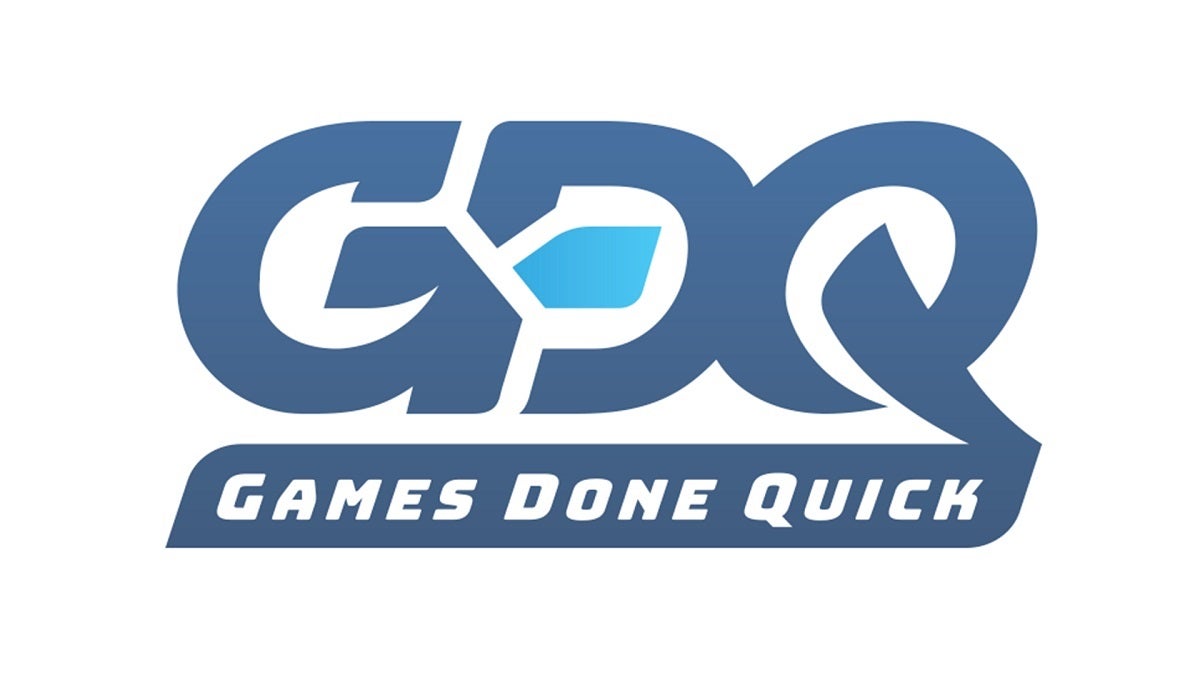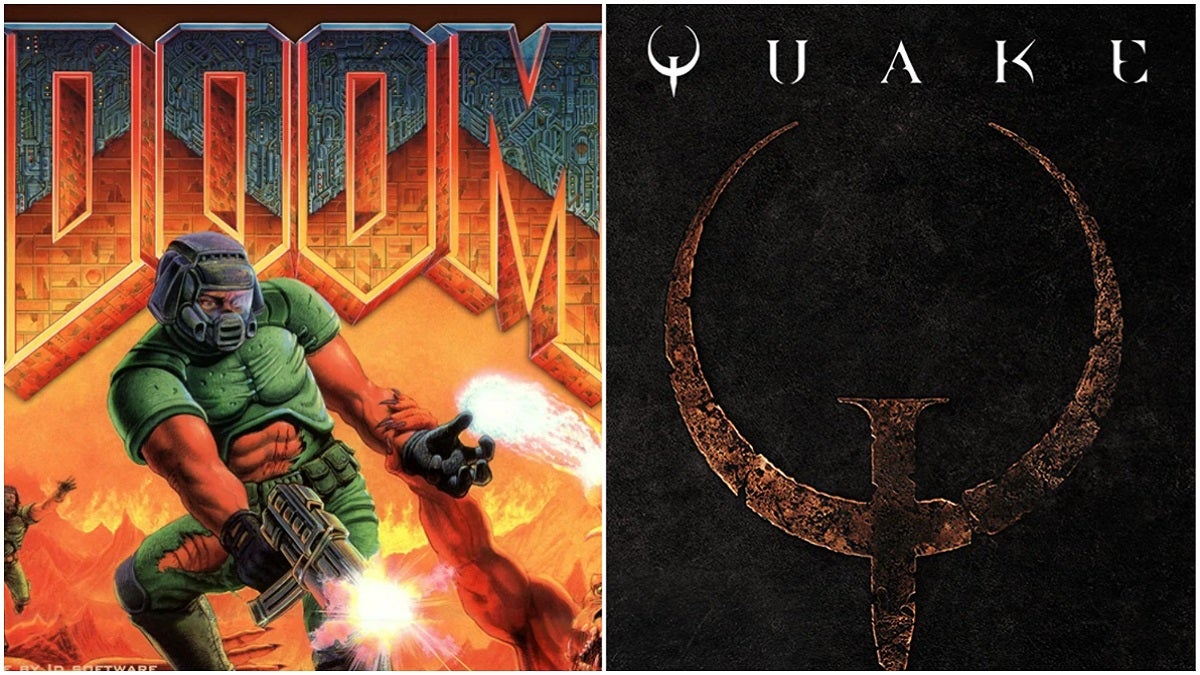Speedrunning is the act of finishing a game as fast as possible, whether by traditional means or taking advantage of glitches, which became a popular in the 90s. Only the most skilled and dedicated speedrunners can ascend the leaderboards.
Table Of Contents
When Did Speedrunning Begin?
Speedrunning first became documented by players because of games that had built-in timers. This includes games such as Super Mario Kart, Metroid II, Grand Prix, and Dragster. In 1981, speedrunning gained traction thanks to Activision. Players would finish games with built-in timers as fast as they could, photograph their time, and submit it to Activision, which the publication would then include in their newsletters.
Although these were the first documented cases of speedruns, this period was full of irregular and inconsistent times. After players sent their entries in, publications would take months before publishing their newsletters. Photographs of CRT TVs were also low in quality which often made scores difficult to read. It wasn’t until Doom came out in 1993 that speedrunning finally became more popular and consistent.
Not only was Doom revolutionary for the first-person shooter genre, it also had a built-in timer and a gameplay replay file called demos, later called lumps. Instead of photographing their times, players could instead take their lumps and upload them on an internet bulletin board. This made documenting speedruns more consistent and more accurate.
Three years after Doom was released, a successor to the series called Quake came out. Like its predecessor, the game came with the ability to save game replays. Quake was a breakthrough in the speedrunning community as many of the most popular techniques used in speedrunning today originated from that game.
Evolution of Speedrunning Websites

A year after Quake‘s release, a man named Nolan Pflug created a website called Nightmare Speed Demos, dedicated to archiving Quake speedruns on the Nightmare difficulty. He then released another website a month later called Quake Done Quick.
This site had players submit Quake speedruns of individual levels on the highest difficulty. The site then stitched the fastest entries of each level and recreated the entire game, forming a compilation of the Quake ultimate speedrun. Quake Done Quick became highly spread months and years after it went live and would become responsible for popularizing speedrunning as a whole.
In 1998, Nolan Pflug, also known as Radix, merged Nightmare Speed Demos with another speedrunning website to form Speed Demos Archive. From then on, this became the go-to site for documenting and archiving Quake speedruns.
During its early years, Speed Demos Archive only held speedruns for Quake, with occasional entries for Doom runs as well. However, in 2004, Radix uploaded a speedrun of Metroid Prime on the site. When it amassed massive attention, Radix decided to open up to site to speedruns of other games as well.
In 2010, the site ran a charity marathon called Classic Games Done Quick, which ended up raising over $10,000. A year later, the site held two charity marathons: Awesome Games Done Quick and Summer Games Done Quick. This would become a semiannual event and it eventually led to what we now know as GDQ, or Games Done Quick.
How Speedruns Are Documented Today
Speedrun.com is the widely acknowledged speedrunning hub and leaderboard website of today. It’s where every speedrunner in the world submits their entries and it’s where current speedruns are documented and updated.
Those who wish to submit a speedrun need to submit video evidence, either by uploading their playthrough on YouTube or streaming it on Twitch. They can then submit their entries on the site and a moderator will verify them within three weeks.
Different Kinds of Speedruns
Today, there are different categories of speedruns players adhere to. These categories dictate how a speedrun is done or whether or not the run has restrictions. There are several speedrun categories, but the following three are the most popular:
- Any% Speedrun – This refers to speedruns that have no restrictions. This means players can use everything that’s present in the game to get to the end as fast as possible, including taking advantage of glitches.
- 100% – 100% speedruns don’t only account for how fast a player beats a game, it also necessitates them earning a 100% completion. This often requires the player to earn a game’s platinum trophy or obtain every achievement, but it can vary according to the community or the moderators.
- Glitchless – This refers to speedruns where a player isn’t allowed to exploit any glitches or bugs. What’s considered a “glitch” is determined by the game’s speedrunning community.
Most Popular Speedrunning Games

Speedrunning can be done on any game, on any console. However, there are some games out there that speedrunners go for more than others. There are even some games that are somewhat built to entice speedrunners because of their gameplay and mechanics. The following games are just some of the most popular among the speedrunning community.
- The Legend of Zelda: Ocarina of Time
- Hades
- Hollow Knight
- Subway Surfers
- Super Mario 64
- Minecraft
- Getting Over It With Bennett Foddy
- Super Mario Odyssey
- Celeste
- Portal


